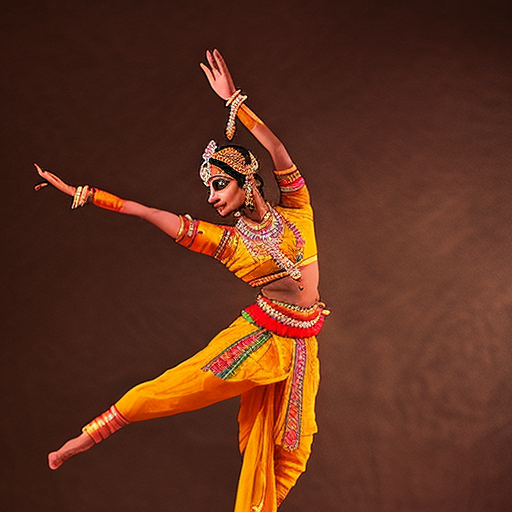Summary: Kuchipudi is a traditional Indian dance form that originated in the state of Andhra Pradesh. It combines elements of dance, music, and storytelling to create a captivating performance. Kuchipudi is known for its intricate footwork, graceful movements, and expressive facial expressions. The dance form has evolved over the years and continues to be a popular art form both in India and internationally.
Origins and History:
Kuchipudi takes its name from the village of Kuchipudi in Andhra Pradesh, where it originated in the 17th century. It was initially performed by a group of male Brahmin dancers known as Bhagavathulu. Over time, women also started performing Kuchipudi, and it became a more inclusive art form. The dance form was traditionally performed in temples and at religious festivals, but it has now expanded to include secular themes and performances on stage.
Technique and Style:
Kuchipudi is characterized by its unique blend of dance, music, and acting. The dance form incorporates both nritta (pure dance) and abhinaya (expressive dance). The footwork in Kuchipudi is intricate and rhythmic, with the dancer often performing complex patterns and movements. The hand gestures, known as mudras, are an essential part of the performance and are used to convey various emotions and narratives.
The facial expressions in Kuchipudi are highly expressive and play a crucial role in storytelling. The dancers use their eyes, eyebrows, and lips to convey different emotions and characters. The costumes in Kuchipudi are vibrant and elaborate, with the female dancers wearing colorful sarees and the male dancers wearing dhotis and turbans.
Themes and Repertoire:
Kuchipudi encompasses a wide range of themes and stories from Hindu mythology, folklore, and historical events. The repertoire includes solo performances, group dances, and dance dramas. Some of the popular dance dramas in Kuchipudi include “Bhama Kalapam,” “Krishna Parijatham,” and “Sri Rama Pattabhishekam.”
Evolution and Global Recognition:
Over the years, Kuchipudi has evolved and adapted to modern times while retaining its traditional roots. It has gained recognition both in India and internationally, with many dancers and dance schools dedicated to preserving and promoting the art form. Kuchipudi has also been recognized by UNESCO as an intangible cultural heritage of humanity.
In recent years, Kuchipudi has gained popularity among international audiences, with performances and workshops being held in various countries. Many dancers have also incorporated contemporary elements into their performances, blending traditional Kuchipudi with other dance forms and styles.
Conclusion:
Kuchipudi is a vibrant and expressive dance form that showcases the rich cultural heritage of Andhra Pradesh. With its intricate footwork, graceful movements, and expressive storytelling, it continues to captivate audiences both in India and around the world. The evolution and global recognition of Kuchipudi have ensured its longevity and relevance in the world of art and culture.












